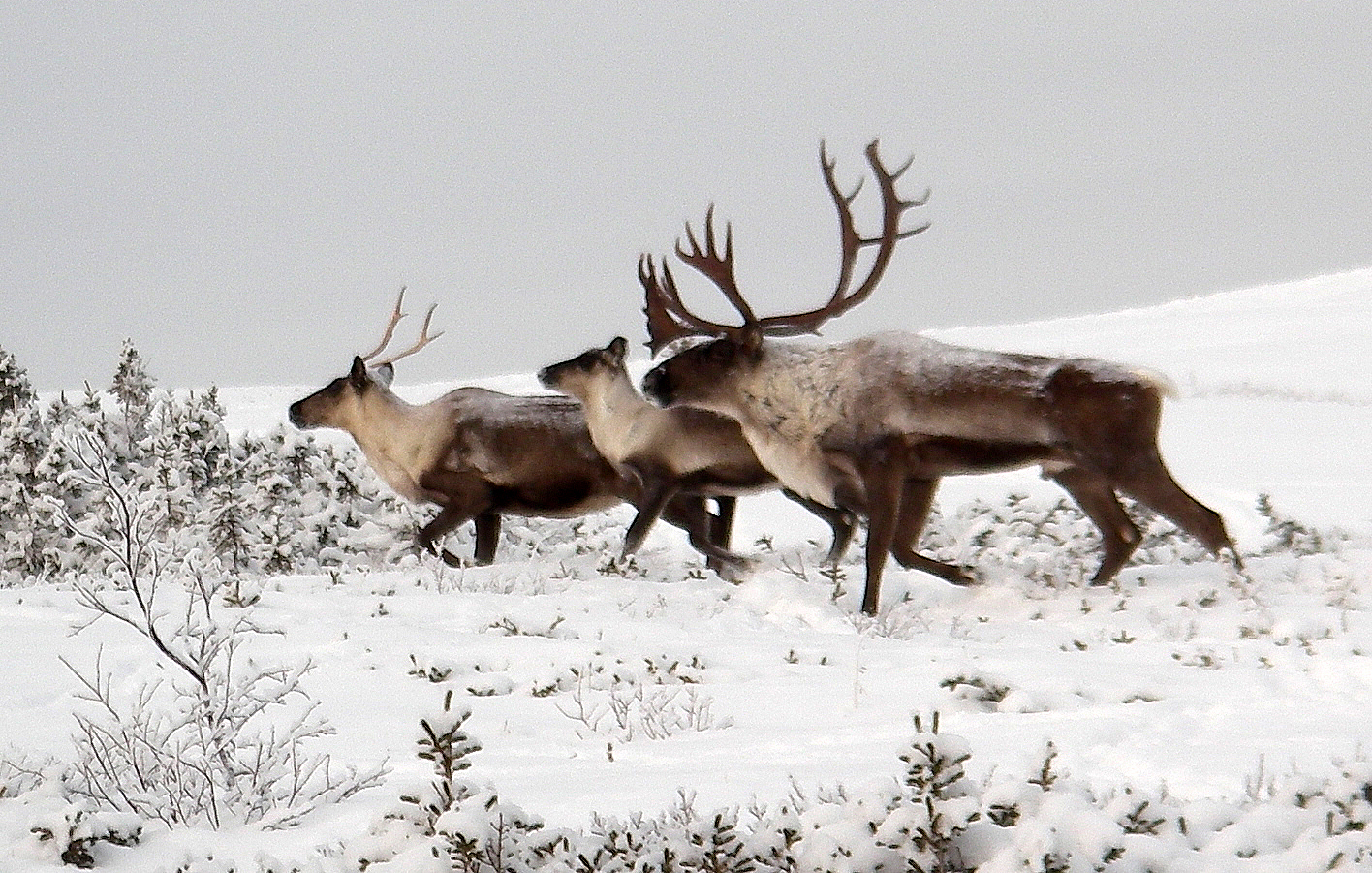By Lindsay Seventko, American Forests

Many people don’t know that the lower 48 states have their own wild reindeer — the South Selkirk herd of caribou (yes, caribou are the same species as reindeer!). There are 12 of the fantasied animals remaining south of the Canadian border, but they used to roam across the northern United States — from Washington to New England. Despite the fraction of a population that remains, Native American tribes and conservation organizations are now battling for their return.
To many Native Americans in the northern United States, caribou traditionally held a sacred role as a primary (and legendarily tasty) food source as well as holding spiritual significance. The tribes are hoping to see populations restored to the point where they could once again hunt them, while conservation organizations are hoping caribou populations will increase enough to round out a traditional ecosystem balance among several rare species like wolves and lynx.
Following Canada’s lead, where caribou repopulation has succeeded in large part due to the designation of 400 square miles of protected habitat, 570 square miles were proposed to be protected in the northwest U.S. in order to re-establish caribou herds. However, the proposal came under fire and was quickly cut down to a mere 43 miles in 2013, when progress was paused to allow more time for planning.
The task of assessing the best possible way to bring back the lower 48’s caribou fell on the shoulders of the Kootenai Native American tribe, who have already successfully negotiated sturgeon restoration. After their review, the proposed protected caribou habitat was reopened for commenting this past spring. As interest groups opposed to the conservation lobbied for the down listing of caribou to threatened (to allow more recreational access to lands, especially for snowmobiling), the proposal of about 30,000 acres in northeastern Washington and Northern Idaho was approved. Only time will tell if this newly protected habitat, less than a 10th of the area that was originally deemed necessary, will successfully restore caribou to populations where they can once again be hunted on Native American land.